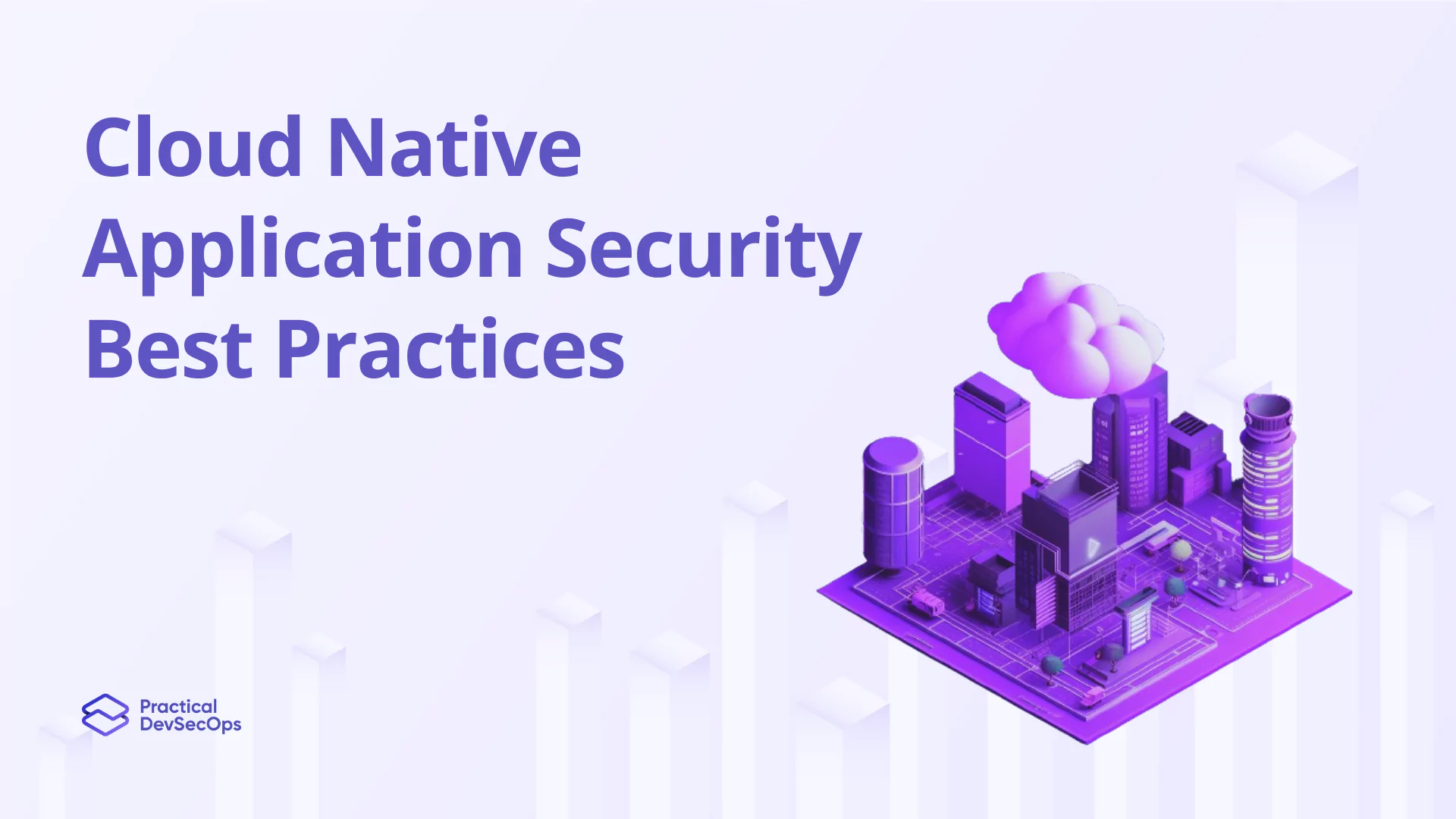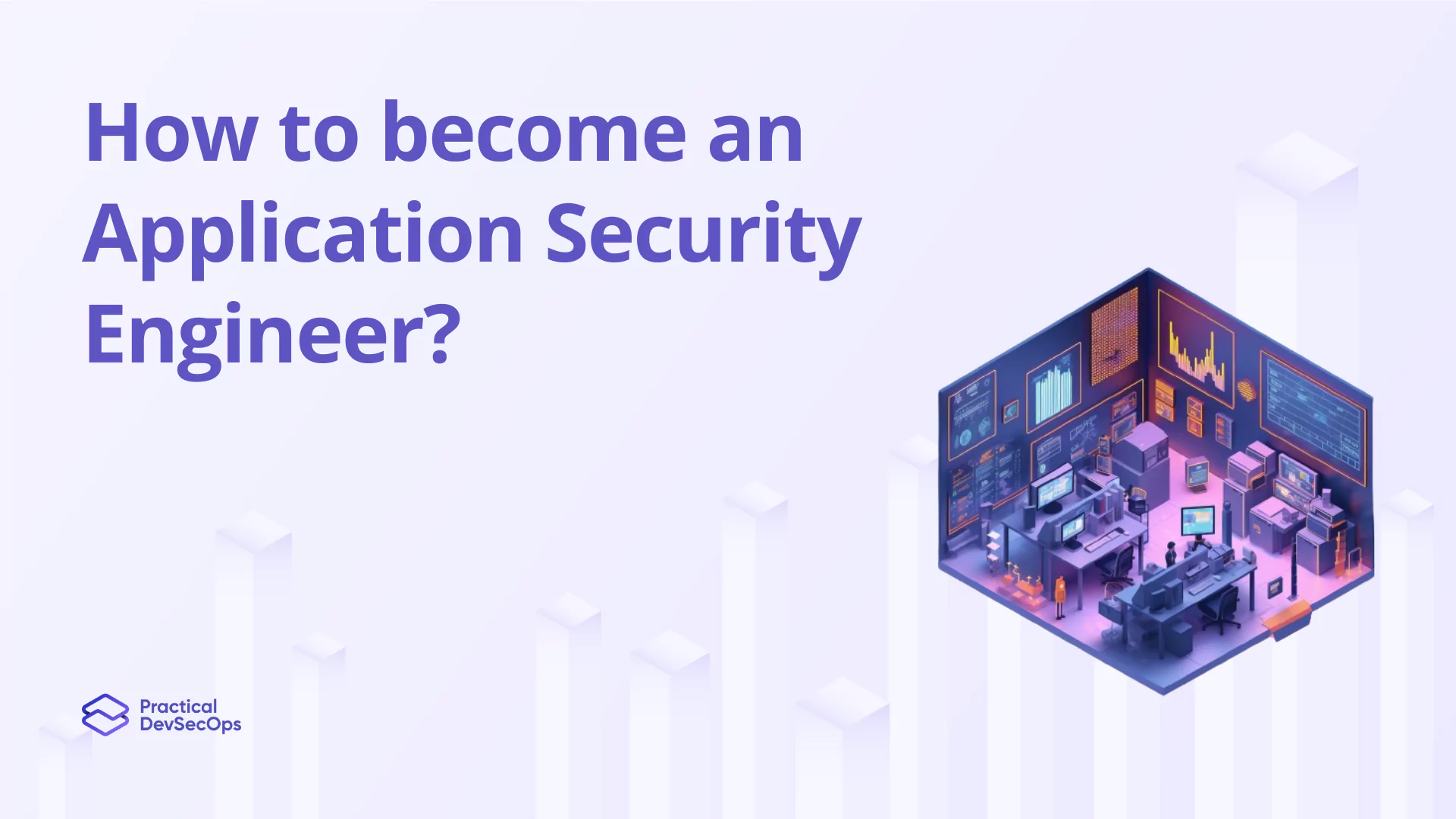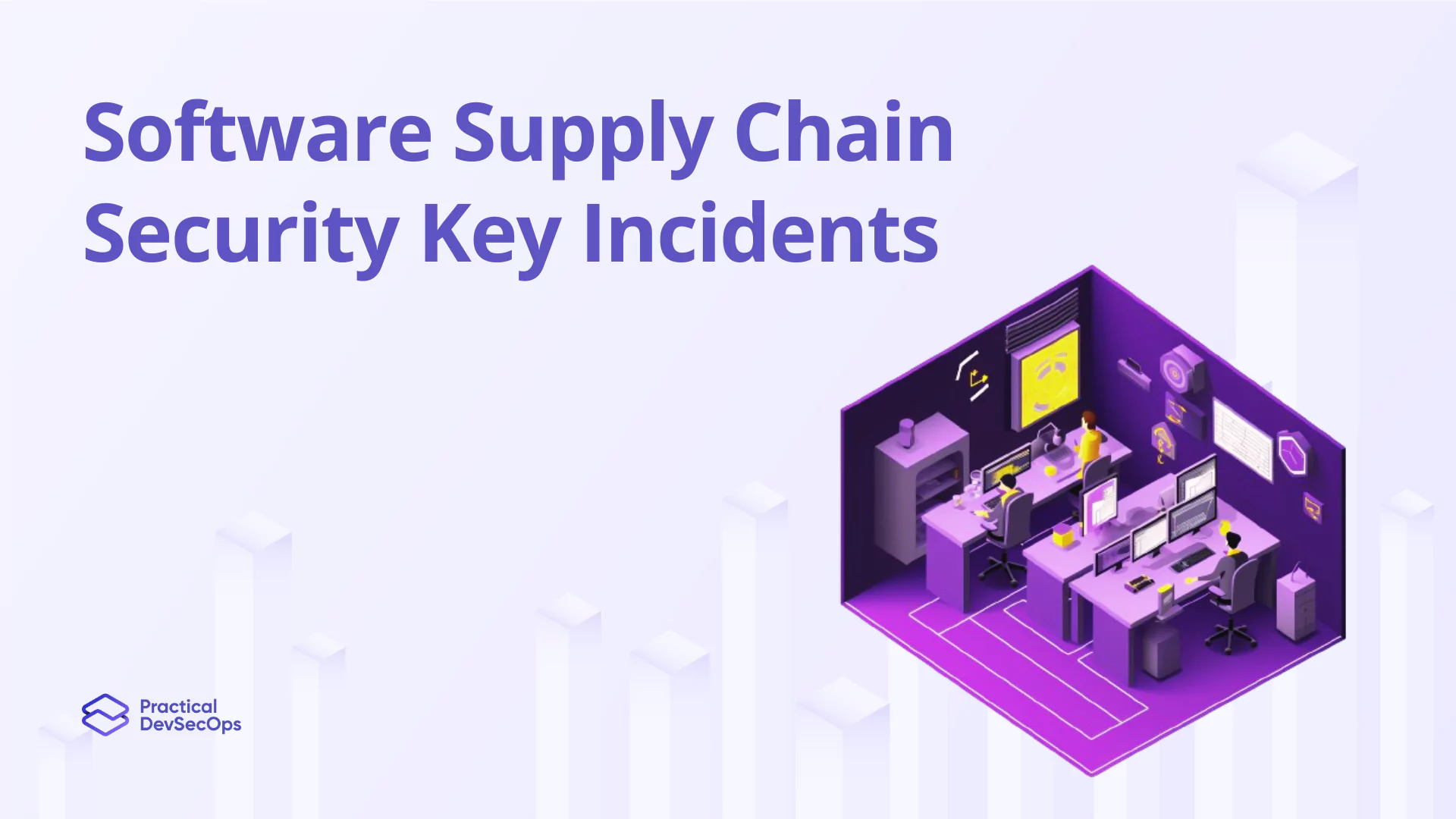Security in cloud-native environments is essential. As organizations increasingly adopt cloud-native technologies for their flexibility and scalability, ensuring robust security measures becomes critical.
This blog aims to guide IT security professionals, Developers, System Administrators, IT Managers, Cybersecurity professionals and DevSecOps engineers through the best practices for securing cloud-native applications.
By understanding and implementing these strategies, organizations and security experts can protect their applications against ever evolving threats by maintaining integrity and ensuring operational resilience in the cloud.
Let’s dive into how you can follow and enhance the Cloud Native Application security of your cloud-native architectures.
Understanding Cloud-Native Security
Cloud-native applications are designed to leverage the scalable and flexible nature of a modern cloud environment. They are very often designed based on the architectures of microservices, containerization, and dynamic orchestration.
This sort of architecture allows it to scale fast without risking the resilience of the system, but, at the same time, denotes the emergence of some unique security issues.
A distributed nature—combined with the transient nature of microservices and the practice of many—makes security and APIs sometimes a bit more complicated, in a way that consistency and efficiency come out to be the two most crucial aspects of any security layer.
Realization of these unique challenges takes the initial steps in ensuring security measures to be as dynamic and adaptable as the applications they protect.
Also Read about Best Kubernetes Security Certification for 2024
Design and Development Best Practices
One of the main aspects while designing cloud-native applications should be security by design. That means that security needs to be put in at the design phase, not as an afterthought, thus significantly reducing vulnerabilities from the ground up. Developers should also practice writing secure code to avoid common security vulnerabilities.
Automated security testing with tools like Static Application Security Testing (SAST) and Dynamic Application Security Testing (DAST) integrated with the CI/CD pipeline continuously reviews the codebase for quality improvement.
Securing Cloud-Native Infrastructure
However, container security is very important for cloud-native systems. Best practices: scan images for vulnerabilities before deploying containers and protect them during runtime. And then, orchestrating those containers, when you’re orchestrating, Kubernetes provides you with powerful capabilities, but you also need proper management for security.
Some main security measures include configuring Kubernetes with strict access controls, performing routine updates with the latest security patches, and setting up and enforcing proper security policies that directly affect how containers interact with one another. Focus on these areas to significantly enhance the security framework of your cloud-native infrastructure.
Also Read about A RoadMap about Learning Kubernetes Security
Identity and Access Management (IAM)
Identity management that works well and access controls are basic to any secure cloud-native application. Excellent IAM policies provide sound controls that ensure access to key components is only by the intended users and services, greatly minimizing potential breaches.
When combined with service meshes, they result in better security altogether because they allow for fine-grained control on access and enable inter-service communication to be encrypted.
The meshes control the service-to-service communication, secure access to these according to policies set, and ensure in-transit data is secure. Both IAM strategies work toward more secure and resilient characteristics in cloud-native environments.
Network Security – Securing Network Traffic
The network security of the cloud-native application must be tightened to closely monitor the movement of data in the network. The key to that is strictly enforcing policies for the network, which define clear rules for the flow of traffic between services. Data in transit must be encrypted to protect it from interception or tampering.
Moreover, regular monitoring and the use of anomaly detection tools regarding the network further help with the patterns of abnormality and act in a remediative manner timeously. In this way, the network security can be held ahead of the curve in a cloud-native setup.
Also Read about Best Practices for Kubernetes Network Security
Data Security and Compliance
Data security is at the core of protecting a cloud-native application—be it at rest or in motion. Best practices for this include the use of strong methodologies for encryption that would prevent access to information by unauthorized parties. An effective key management system will maintain the integrity and accessibility of data.
Of considerable importance are compliance and governance in the cloud-native environment. Compliance ensures that organizations avoid legal and financial penalties. The idea should be to keep security policies up to date with the prevailing regulatory requirements through governance strategies such as regular compliance audits.
These practices will help businesses secure this sensitive information and build even more trust with customers who will realize how serious the business is about protecting their data and staying compliant with regulations.
Incident Response and Recovery
Proper incident response planning is key to containing the impacts of security breaches found in cloud-native settings. That means having a clear procedure for security incident detection, reporting, and response.
A part of this comes through staff training on signs of a breach and having an already prepared response team at the back. These strategies ensure that in case of a major incident, the operations can be brought back to normal fast with a minimum of data loss.
These range from regular backups, failover mechanisms, to a rigorous test of recovery procedures to ensure that the procedures put in place will at all times work if the need arises. These together present a more thorough way to build resilience and maintain business continuity in the face of unexpected disruptions.
Enhancing Security with Automation
Automation, therefore, is key to reducing friction in security in cloud-native environments. Through automation and security orchestration, organizations can ensure that practices for security, such as compliance checks, patching, or vulnerability scans, are applied consistently in practice.
This not only streamlines the entire process but also reduces the error room that initially came from the human factor. Security practices have to be integrated into a CI/CD pipeline, keeping a strong security posture within the development cycle.
Security practices include automated security assessments, the integration of tools for security testing directly into the pipeline, and the configuration of policies that pipelines can be set to stop deployments if the critical security issue is detected. This really means security runs in parallel to development and not as an afterthought.
Also Read about Why Container Security is Important?
Advanced Considerations
Security in Serverless
Serverless architectures have several security benefits from the rest of the servers, but they have also introduced several security challenges. Best practices in securing serverless applications include the use of the principle of least privilege on function permissions to limit functions into carrying out only authorized functions. In addition, it is important to ensure that the APIs calling serverless functions are secured, and security audits are done from time to time to detect security vulnerabilities.
Immutable Infrastructure
It is much else that is deployed where it is not modified after being deployed. Systems are rebuilt from the ground up. It embarks on fewer security risks since there will be no attack surface because nothing changes in a running system. This presents the many opportunities that make security breaches possible. Resilience to security threats of immutable infrastructure can be strengthened by putting in mechanisms of automatic deployment and standard images to ensure that it is achieved from one deployment to another.
Fostering a Security Culture
Education and Awareness
The first step toward making an organization’s employees more security-aware is to educate them. An organization can instill a culture of security only through continuous education and repeated training. The security teams and developers must be made aware of the threats and security mitigations through periodic updates.
Regular training through workshops, seminars, and the like would keep the awareness high and the workforce prepared against any eventuality that could impact the security posture.
Benchmarking and Auditing
The benchmarking and auditing of security measures need to be carried out on a regular basis in line with best practices to maintain a security posture at its optimum best. This is how an organization can measure how effective the current security measures are and what gaps need to be filled.
They will help the organization stay compliant with the security policies and regulatory requirements. Accordingly, these activities not only increase the level of security protocols but also foster a culture of continuing improvement in best practices for security.
Conclusion
The importance of robust security measures in cloud-native application development cannot be overstated. As we’ve discussed, integrating comprehensive security practices—from design and development to deployment and maintenance—is vital for safeguarding your applications in the dynamic and complex cloud-native landscape. By embedding these security best practices into your development and operational workflows, you not only protect your systems but also enhance the overall resilience of your organization.
We encourage all DevSecOps engineers and security professionals to deepen their understanding and skills in cloud-native application security. Consider exploring further education and certification opportunities to stay at the forefront of security innovation. We at Practical DevSecOps offer specialized training sessions and Cloud-Native Security certification that can elevate your expertise and prepare you for the challenges of tomorrow’s security environment. Take the next step in your professional journey—enhance your security knowledge and capabilities today.
Also Read about Best Kubernetes Certifications for 2024






0 Comments